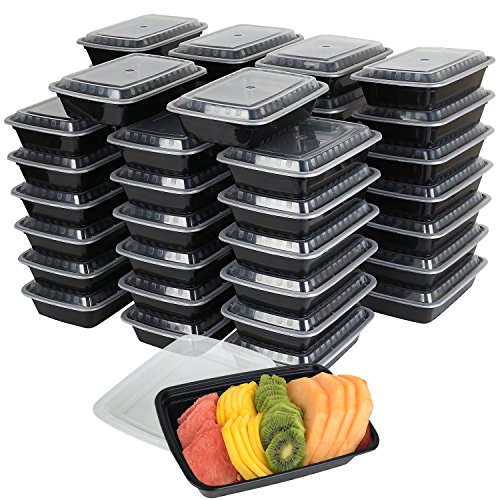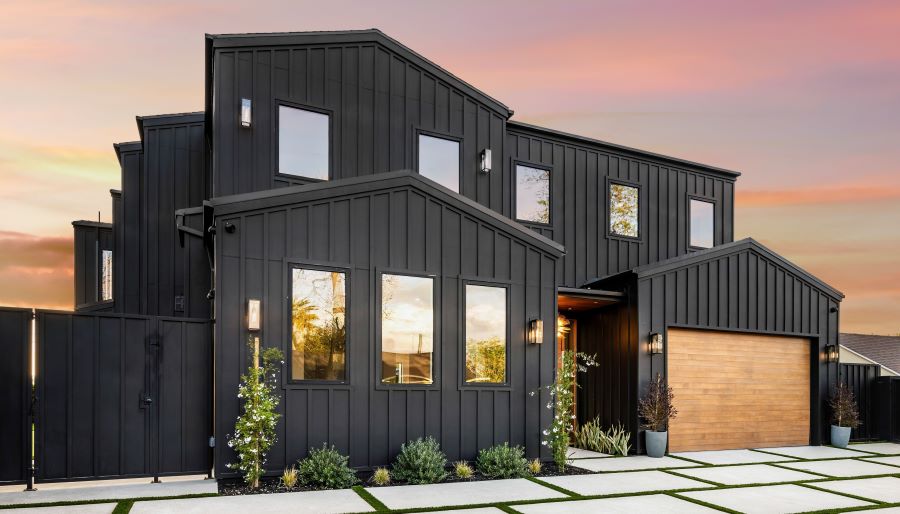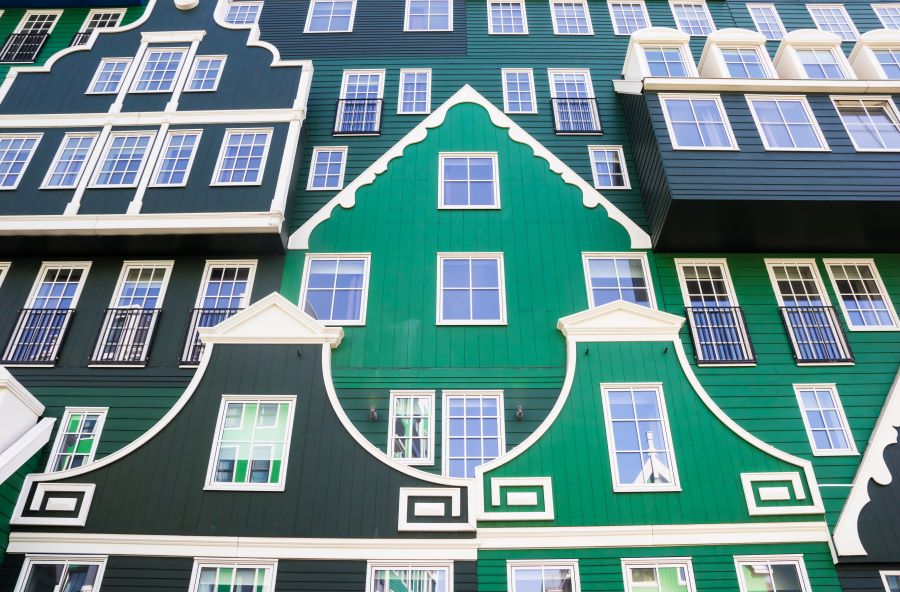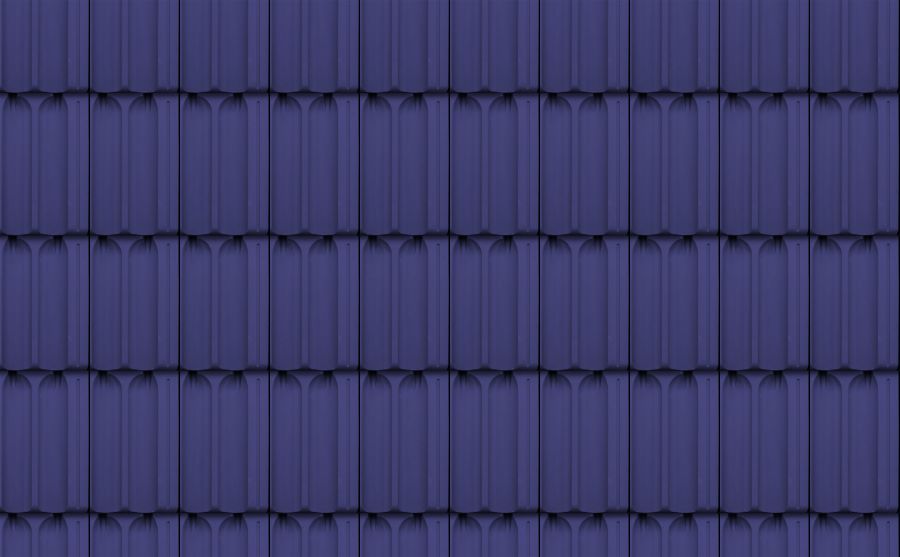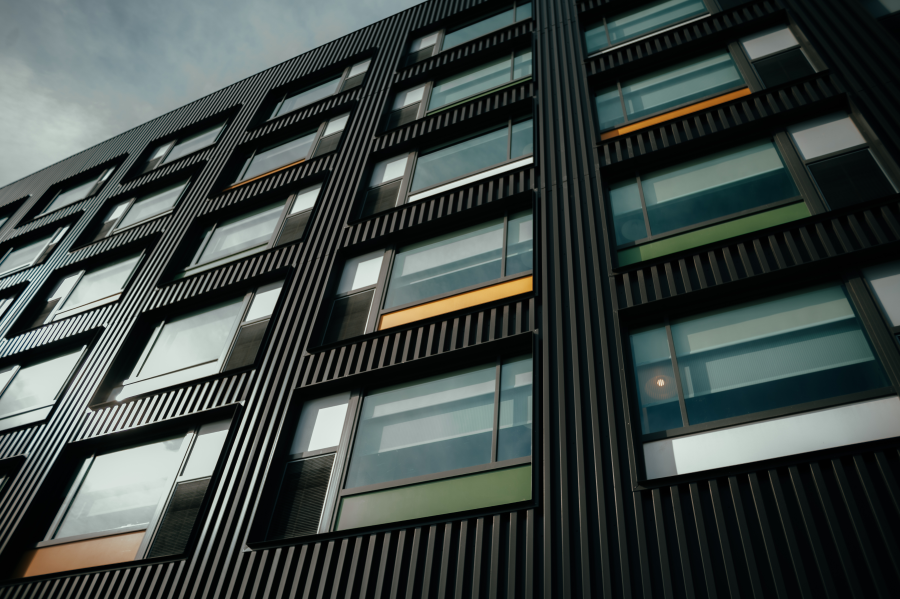We’re experts and innovators focused on solving challenges, embracing change and growing.
Pearls™ reduces the carbon footprint of colorant systems
As sustainability expectations accelerate across the coatings industry, Vibrantz Technologies continues to lead with data-backed innovation. From cradle to gate, our Pearls solid colorant tinting system demonstrates measurable reductions in CO₂ emissions, waste and resource use—positioning it as one of the most sustainable tinting solutions available today.
Our latest lifecycle analysis (LCA) confirms that the Pearls solid colorant tinting solution delivers, on average, a 15% lower carbon footprint per square meter of coated surface compared to traditional liquid tinting systems.
This milestone demonstrates how design rooted in environmental responsibility—paired with tangible performance advantages—can help coatings manufacturers and retailers advance their own sustainability goals.
A clean, emission-free approach to color
From the start, Pearls was engineered to revolutionize tinting by eliminating unnecessary ingredients and reducing environmental impact at every stage.
Pearls doesn’t contain any harmful ingredients such as humectants, biocides, preservatives or disruptive additives. This enables paint manufacturers to meet the growing demand for environmentally friendly, emission-free paints without compromising color performance.
The solid colorant system maintains full color integrity during both production and tinting, aligning with increasing eco-conscious consumer preferences for safer, low-VOC coatings.
Circular design from concept to commercialization
Sustainability principles guided the Pearls concept from its earliest development through large-scale manufacturing.
At every stage of production, we have worked to use our resources as effectively as possible. Materials that fall out of specification are recycled back into production or repurposed elsewhere, while packaging is made entirely from recycled materials or designed for full recyclability.
Efficient packaging and storage further minimize transport emissions, reinforcing our commitment to lifecycle optimization.
LCA confirms real-world environmental gains
The LCA results quantify what makes Pearls a breakthrough in sustainable tinting. By eliminating certain chemical compounds and minimizing waste, Pearls reduces global warming potential (GWP) and overall energy use throughout the value chain.
While ingredient selection is the largest contributor to Pearls’ lower GWP, additional benefits such as less waste in containers and reduced maintenance requirements for dispensers also improve the environmental profile.
Together, these efficiencies contribute to a 15% reduction in carbon footprint per square meter of coated surface versus a conventional tinting solution—an important benchmark for manufacturers seeking to meet or exceed sustainability targets.

Why it matters
Compared to conventional liquid colorants, Pearls’ overall environmental impact is significantly lower throughout its lifecycle. Reduced waste generation, alonger shelf life, fewer raw materials in the formulation and higher pigment load all contribute to its reduced CO₂ emissions and GWP. These attributes make Pearls not only a cleaner choice—but a smarter, longer-lasting one.
Supporting people and purpose
Beyond environmental metrics, Pearls delivers operational and social benefits. The clean, service-friendly concept reduces mess, minimizes heavy lifting, and simplifies tinting processes for store associates and production staff. It is about protecting people as much as the planet.
Simplified labeling, fewer ingredients and less waste also support safer workplaces and more transparent products.


Driving continuous improvement
Vibrantz continues to scale the Pearls technology globally, investing in energy-efficient production, sustainable raw materials and renewable energy use across its facilities. Continuous investments in process efficiency and energy reduction at Vibrantz’s growing production site in Sittard, Netherlands further lower Pearls’ lifecycle emissions, demonstrating how scaling up can actually mean scaling down environmental impact. These efforts align with the company’s broader CSR roadmap to lower emissions, enhance product circularity and empower customers to reach their sustainability goals. With a verified 15% lower carbon footprint and a cleaner, simpler tinting process, Pearls demonstrates how sustainability and performance can truly go hand in hand—empowering paint manufacturers to achieve measurable climate goals without compromising color quality or customer experience. Learn more here.



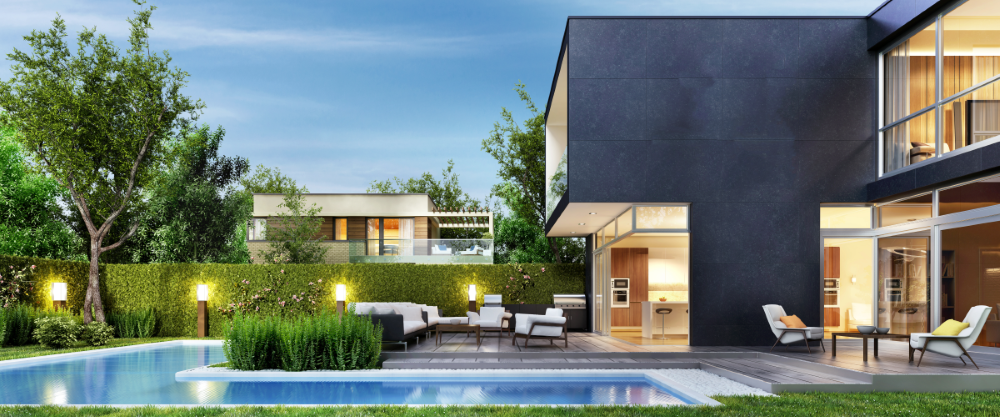

 27 March 2024
27 March 2024 3 mins
3 mins 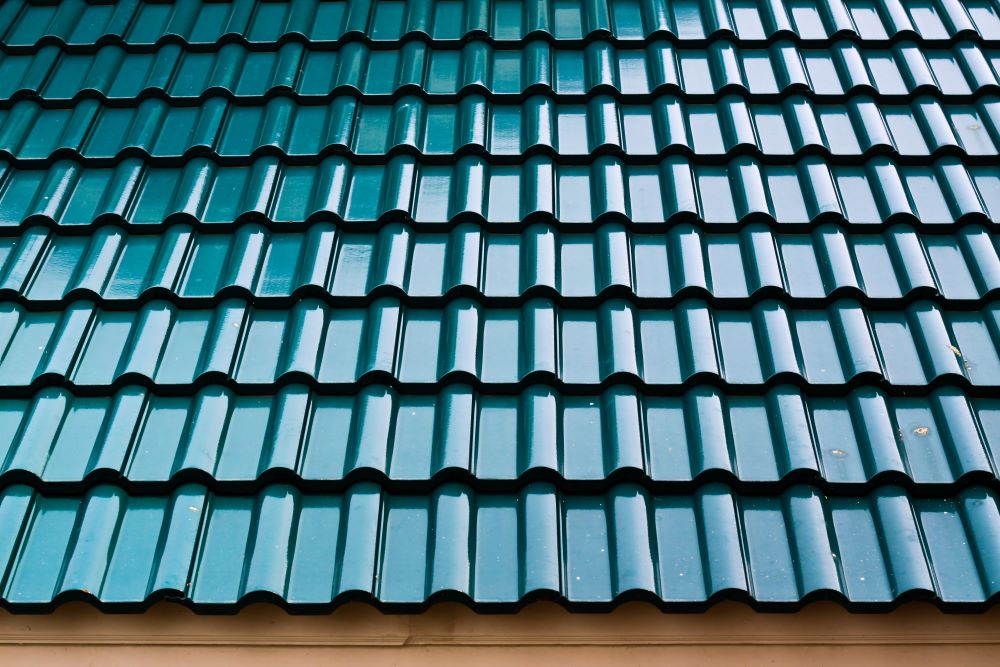
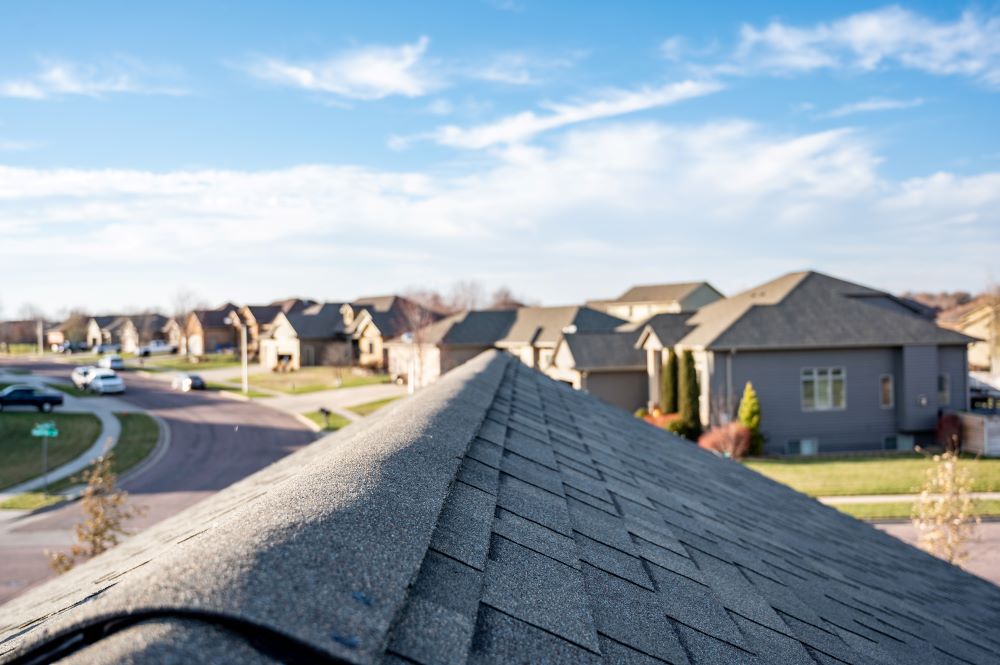



 Learn more
Learn more


